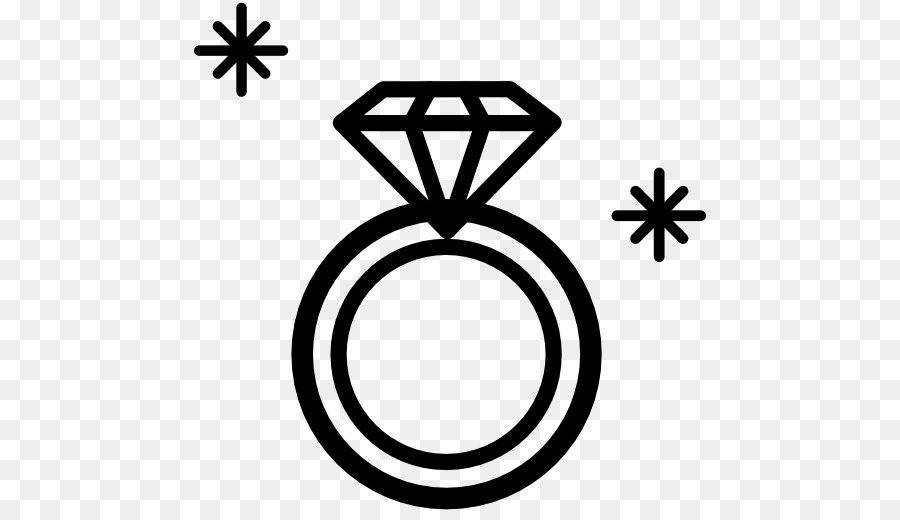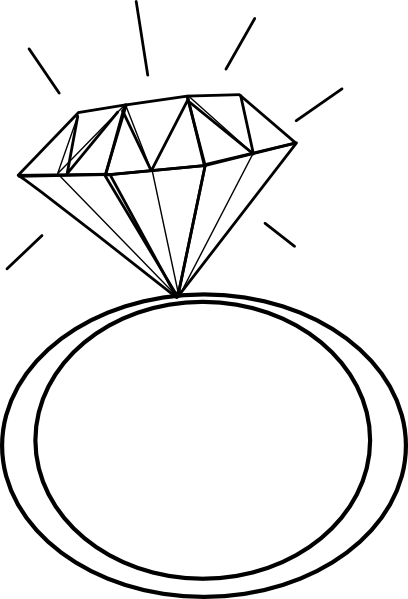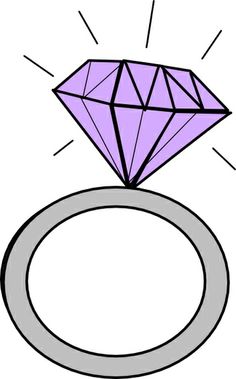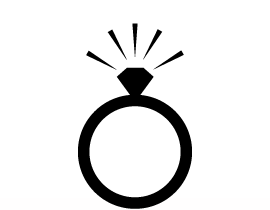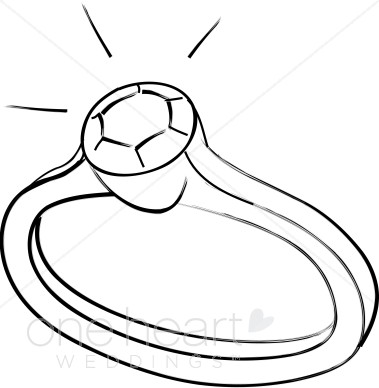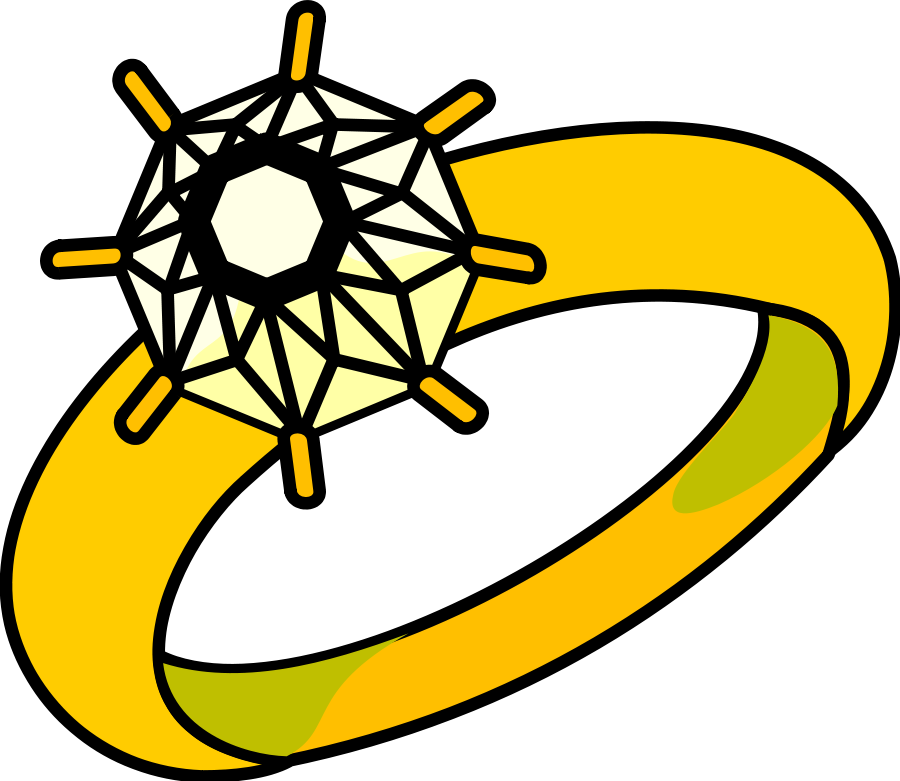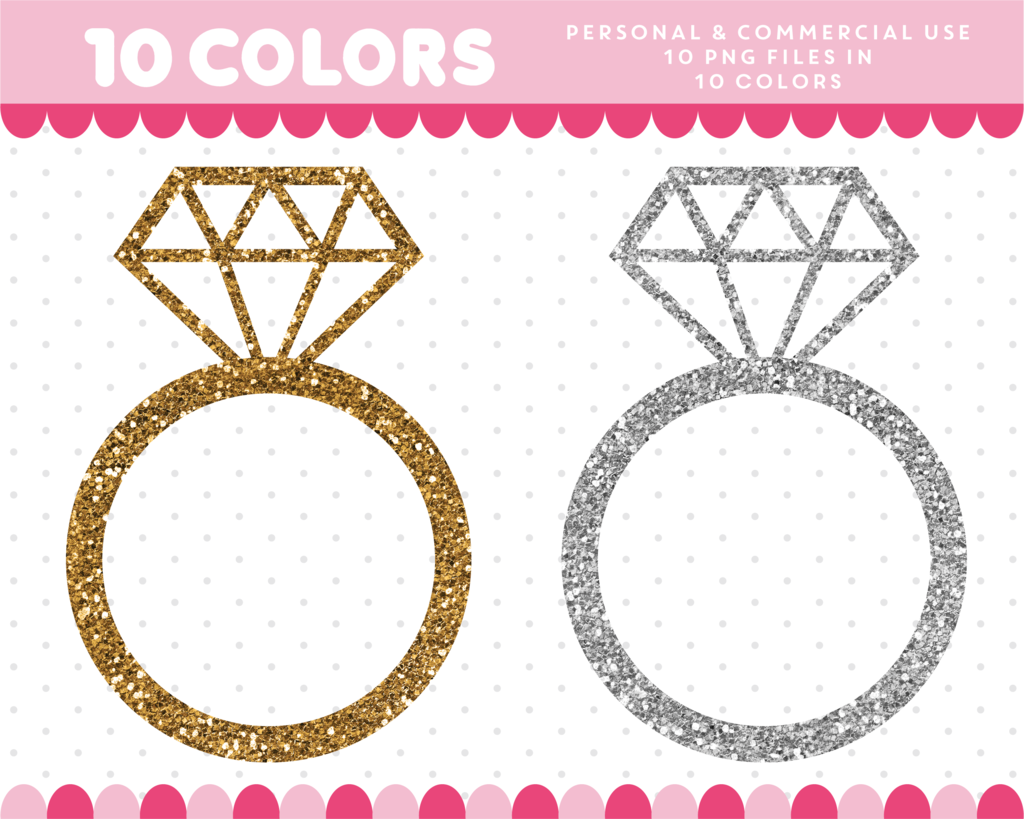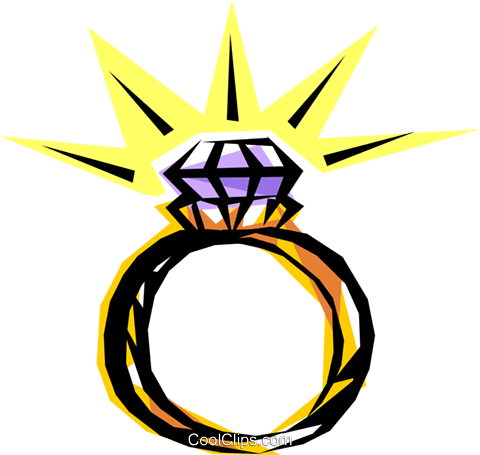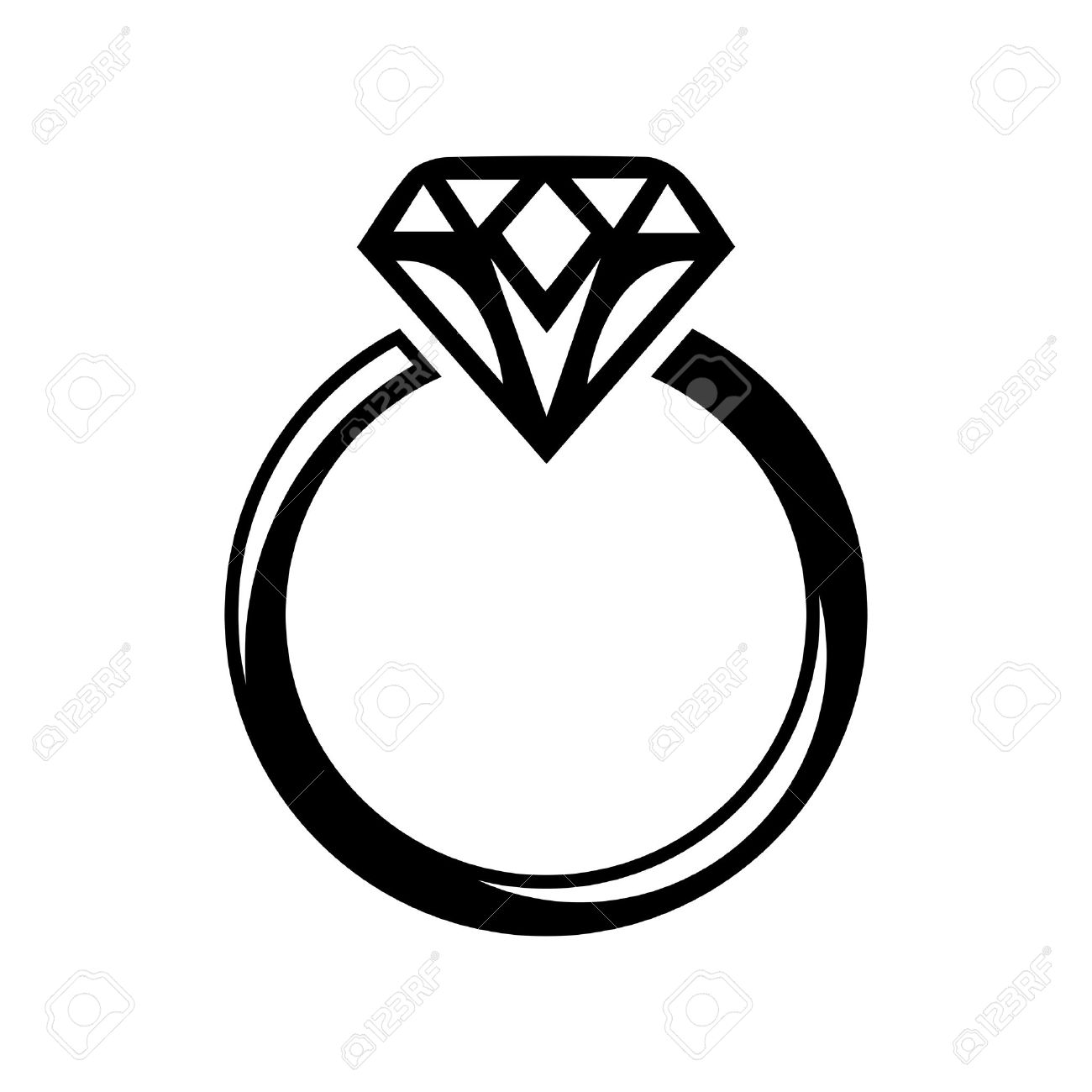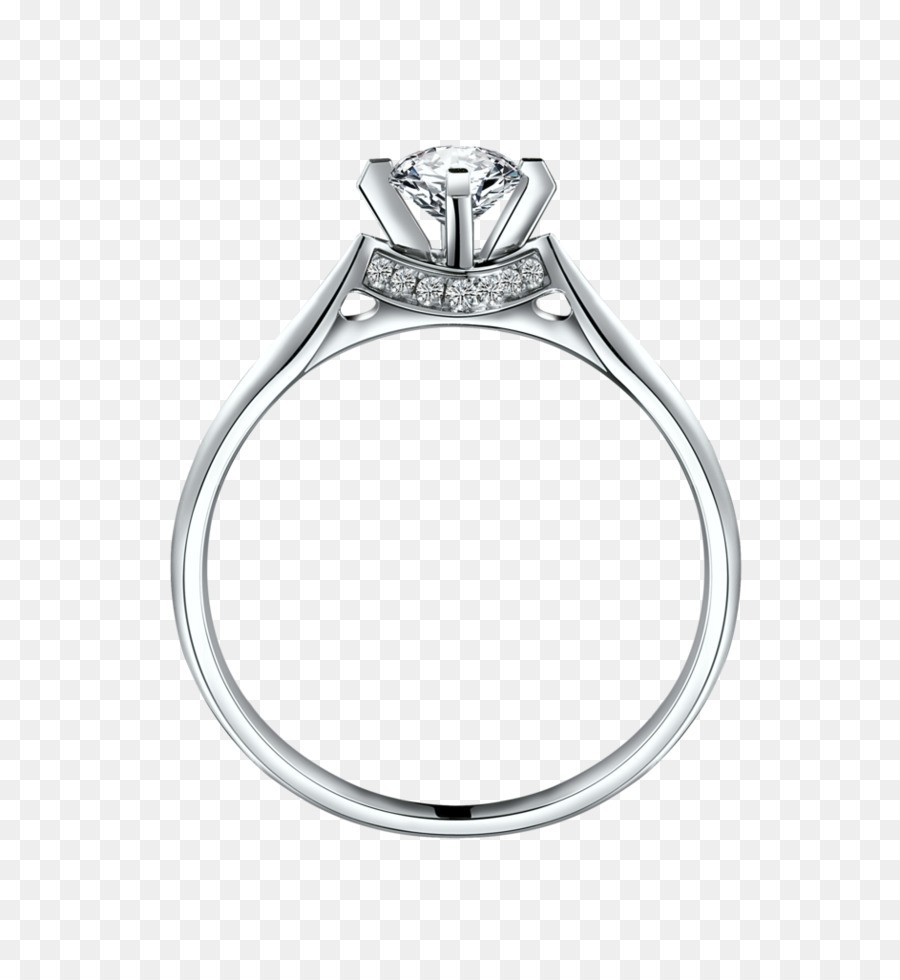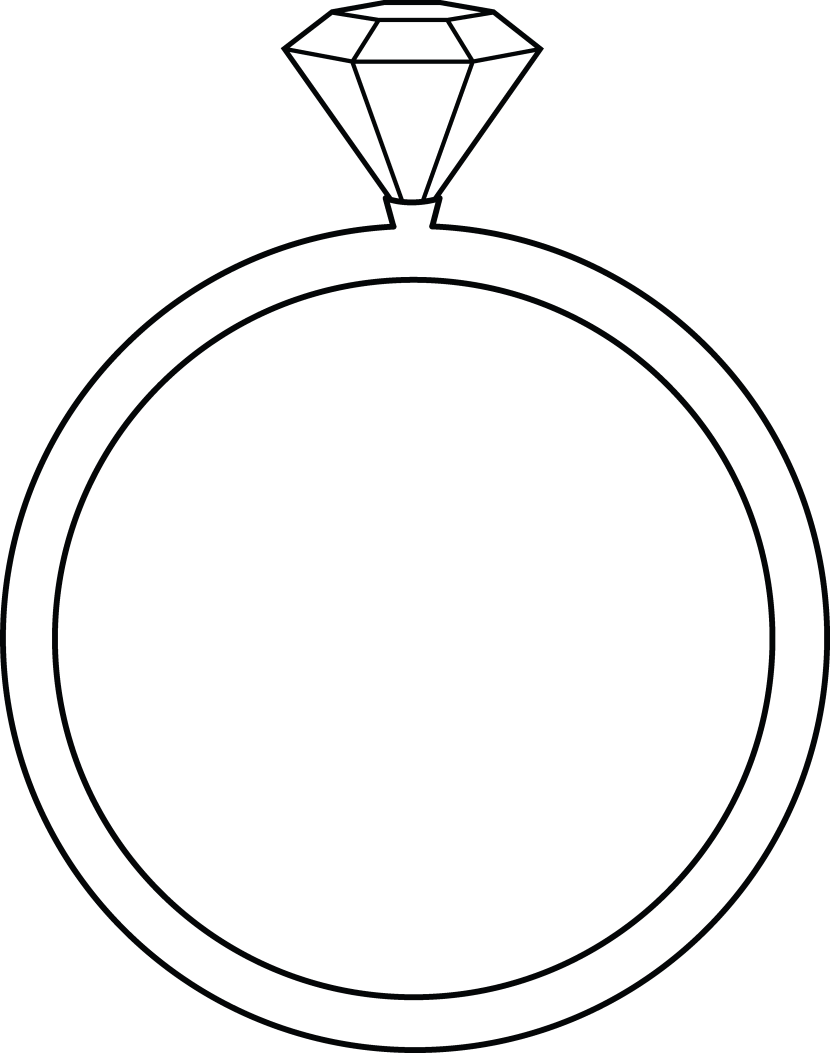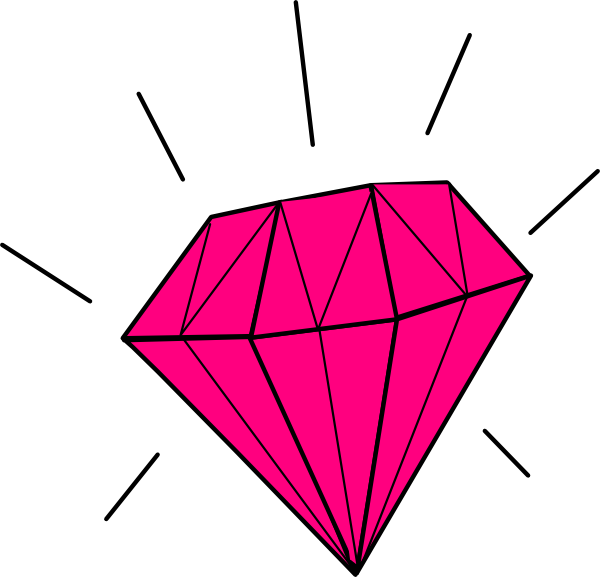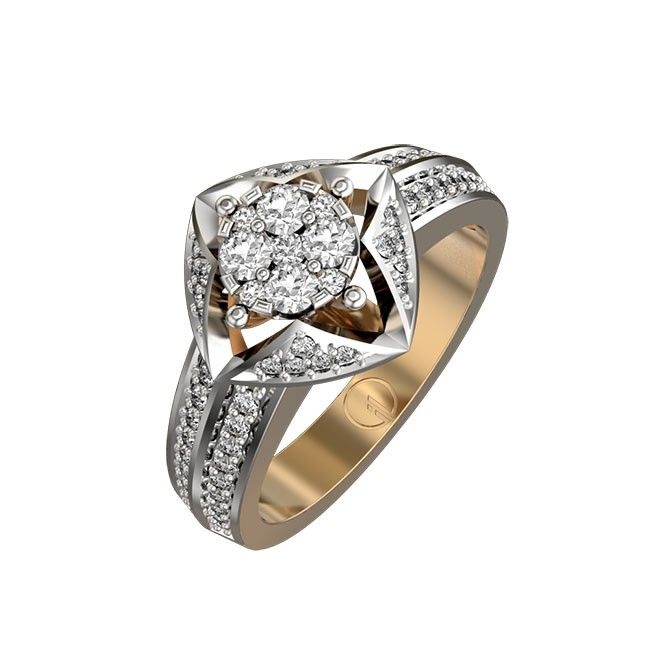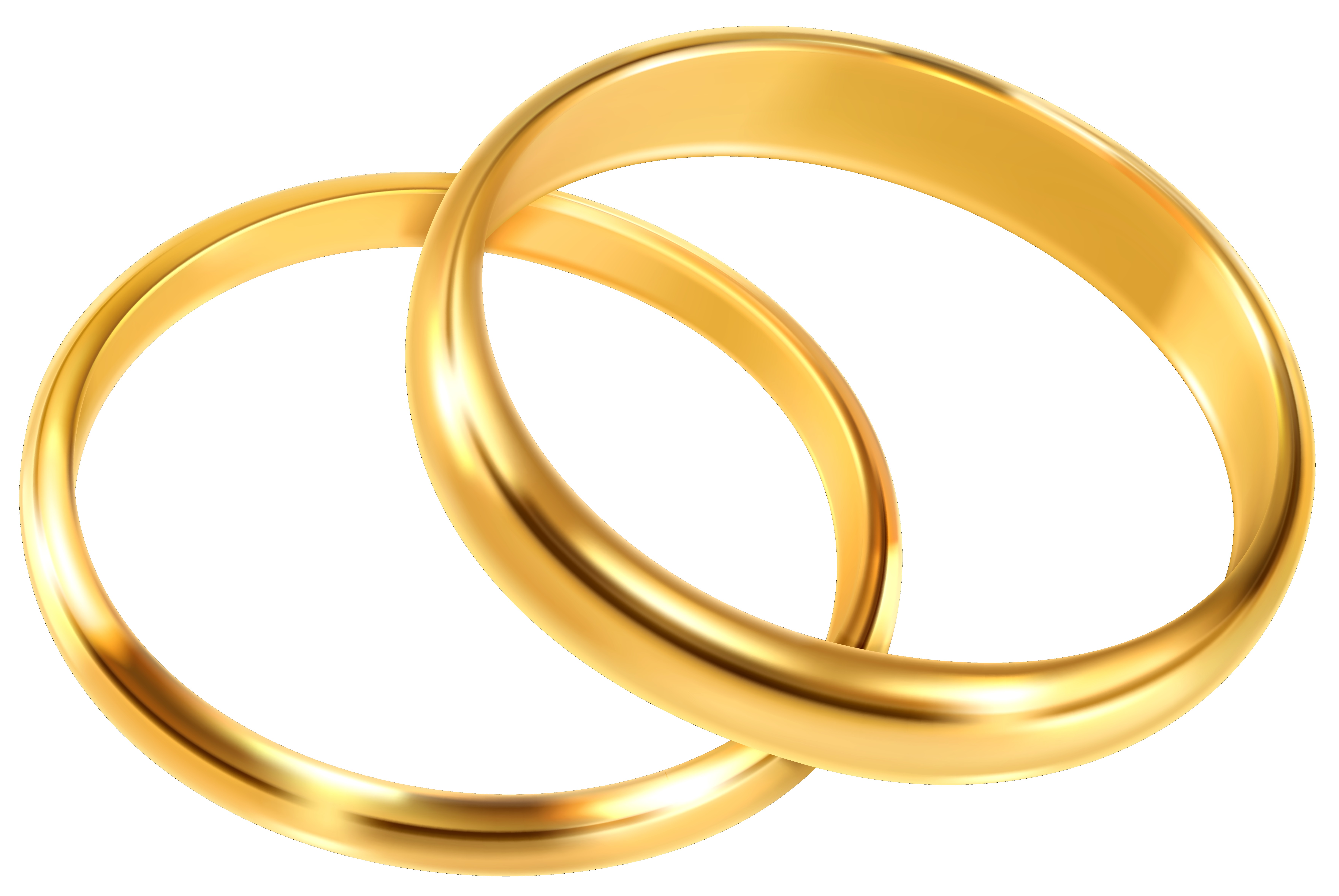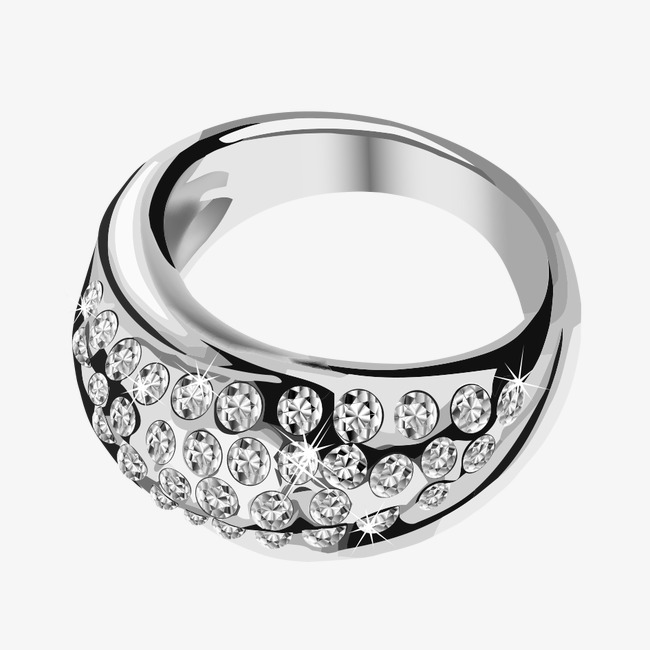Diamond Ring Clipart
A diamond ring, especially when used for marriage proposals and weddings, is one of the most iconic and symbolic jewelry items a person can wear. The diamond engagement ring tradition traces back to the late 1930s when De Beers ran an advertising campaign that popularized the idea that marriage proposals should feature a diamond ring. The rarity and brilliance of diamonds made them a natural fit for celebrating relationships. Today, diamond rings in numerous cuts and band styles offer people a chance to find the perfect ring to commemorate engagements, weddings, anniversaries, and more.
History & Origins of Diamond Rings
While diamonds became the centerpiece for modern engagement and wedding rings in the 1930s and 40s, ring styles featuring jewels and precious stones trace back thousands of years in human civilization. Ancient Romans famously gave betrothal rings made from iron and later gold to symbolize arranged partnerships. Gimmel rings that joined two halves to make a full ring faced in popularity during the 1500-1600s. Diamond rings began appearing in European noble families in the Middle Ages before eventually becoming accessible to more economic classes. Affordable mining and diamond cutting in the late 1800s made diamonds rings with intricate filigree and halo settings fashionable choices. So, the legacy of rings as relationship symbols laid the foundation for diamond rings to become ubiquitous for weddings in the 20th century onwards as production costs lowered.
Most Popular Diamond Ring Cuts
When choosing a diamond ring, one the most important considerations is the cut of the central diamond stone. Well-cut diamonds reflect light more brilliantly to maximize their sparkle. Round and square cuts dominate many ring designs:
- Round Brilliant – This classic cut with 58 facets is ideal for showing off a diamond’s brilliance through good light reflection. It works with endless setting styles.
- Princess Cut – The sharp corners and flat plane of princess cut diamonds make them dazzling as center stones while retaining more carat weight.
- Cushion Cut – These square diamonds with rounded corners hearken back to old mine cuts. Their charm works well in vintage halo ring settings.
- Emerald Cut – The stepped rectangular faceting on these diamonds project clarity and glamour.
Modern technology has also made more elaborate cuts feasible like radiant and asscher cuts too.
Diamond Color Grades
Diamond color scales rate stones on the visible absence of yellowish and brownish hues when viewed under neutral light. Labs like GIA use lettered color scales from D (colorless) to Z (yellow/brown tints). Colorless or near-colorless grades (D-F) are most desirable and fetch higher prices as they appear brilliant white. Once you reach grades G-I, faint yellow tints are more noticeable in larger stones unless surrounded by metal or smaller stones that mask it. For jewelry purposes, nothing below an I grade is worth investing in. So, opting for diamonds with high color can be an area to compromise slightly if on a budget.
Diamond Clarity Characteristics
A diamond’s clarity refers to its internal flawlessness when examined closely, which gets denoted through metrics like:
- Inclusions – Mineral deposits or cracks inside the diamond visible under 10x magnification that lower clarity.
- Blemishes – Surface irregularities occurring during the cutting process also lowering clarity.
- Clouds – Milky haziness concentrated inside diamonds that block light flow.
Imperfections are assigned grades from Flawless/Internally Flawless down to I3. A VS (very slight inclusions) or SI (slight inclusions) grade offers the best balance between optimal clarity while avoiding massive costs compared to higher grades with minute differences. When set in a ring, small flaws are obscured to the naked eye anyway.
Important Diamond Stats
Beyond the 4Cs – cut, color, clarity and carat – that determine quality, diamond shoppers should keep these aspects in mind:
- Carat – Carat relates directly to diamond physical size and weight. But higher carat alone doesn’t mean better brilliance if the stone lacks refinements in other grading scales.
- Table % – The table area is diamond’s flat top facet. The percentage it takes up impacts light return, so aim for 53-62%.
- Girdle – This outer edge should be thin and uniform for maximum sparkle at widths around 1.5-2%.
- Culet – A diamond’s bottom tip should come to a point without a flat area to bolster light projection upwards.
Combining specs leads to that perfect stone.
Setting Styles & Metal Options
The setting and metal band choices also contribute significantly to a diamond ring’s look and feel:
- Prongs – Tiny claws grasping the stone shown in nearly all ring styles, with 4-6 prongs being ideal. They elevate the main stone.
- Solitaire – A single diamond highlighted in a simple, elegant setting lets it take center stage.
- Halo – Embellishes center diamond with a border of smaller diamonds to multiply scintillation.
- Three-Stone – Flanking the middle diamonds with two smaller diamonds appeals traditionalists.
On metal, gold and platinum bands pair best with diamond jewelry for stability over time versus silver or titanium. Platnium offers durability and purity while gold strikes a fine balance among metals. Personal taste rules but both enhance diamonds!
Costs & Pricing Factors
As a high ticket luxury item, diamond rings carry steep price tags scaling up to even millions of dollars for celebrity or royal engagement rings. More modest budgets around $1500+ can still yield beautiful certified conflict-free stones. Components impacting diamond ring costs include:
- Diamond quality grades across those 4Cs
- Band metal priciness – platinum highest, silver lowest
- Ring setting complexity with engraving, side stones etc.
- Brand name and craftsmanship levels
- Insurance and certifications
It helps knowing where to save without sacrificing lasting sparkle by selecting rings with sensible balance across cut, color, clarity and metal purity specs.
Diamond Ring Clipart Images
When designing invitations and wedding decor using computer software, people frequently utilize diamond ring clipart. These are tiny digital illustration files of diamond jewelry available to insert into projects. Diamond ring clipart offers shapes like the recognizable solitaire and halo engagement ring types rendered in vector, transparent PNG and EPS formats perfect for layering over backgrounds. You’ll find images of diamond rings from overhead perspectives and side views. Premium creative marketplaces sell such professional clipart, although simpler free diamond ring PNG files exist on blogs and education sites too. This handy clipart assists anyone wanting to adorn their big day with virtual diamonds!
Significance of Diamond Rings in Relationships
Summing up, diamond rings hold major symbolic weight in relationships due to their elegance and perceived value. Traditionally, dazzling diamond rings represent life milestones like engagements and anniversaries when partners express commitment. Donning a diamond ring indicates someone holds a special place in the wearer’s life. The diamond’s hardness and brilliance mirrors how these bonds can endure beautifully. Choosing that meaningful sparkler style to give another says “I love you” visually for decades on the recipient’s behalf. Indeed, nothing cements romantics gestures quite like diamonds!
In this page clipartix present 60 diamond ring clipart images free for designing activities. Lets download Diamond Ring Clipart that you want to use for works or personal uses.




